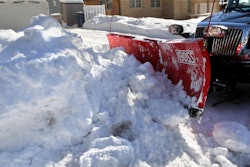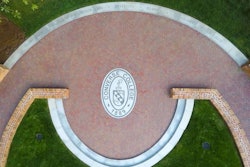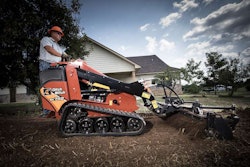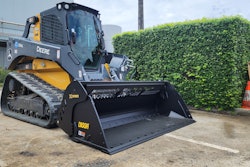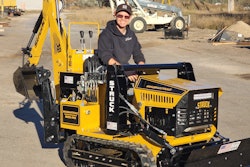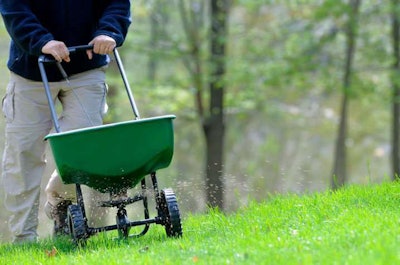 Depending on what type of grass your clients have will determine the fertilize you need to apply.
Depending on what type of grass your clients have will determine the fertilize you need to apply.Photo: toreuse.com
While lawn care starts to fall off clients' radar come autumn, soon it will be time to perform a final fertilization service (often referred to as "winterizer").
There are lots of myths about winterizing and what type of fertilizer is actually the best for grass. There are actually two different sets of rules, depending on what type of grass your client has.
Cool-season grasses
Cool-season grasses are the ones that should receive the traditional lawn winterization fertilizer in the late fall. Fescues, blue grasses, ryegrasses and bentgrasses fall into this category. They take in the majority of their nutrients in the fall to recover from summer and prepare for winter.
It’s important to ensure the fertilizer has a high percentage of nitrogen, as this is what encourages growth and green color in turf.
“Nitrogen applied in the fall is the most important lawn fertilization of the year,” says Robert Cox, Colorado Sate University Cooperative Extension Agent. “Use a high-nitrogen fertilizer, such as 25-5-5, or something with a similar formula.”
When applying the winterization fertilizer, one pound of nitrogen should be applied per 1,000 square feet. It is better to use slow-release nitrogen because that variety will help promote uniform growth and grass color over an extended period.
The only cool-season grass that needs less nutrients is fine fescue, which needs about a third of the normal amount.
Warm-season grasses
Warm-season grasses such as Bermuda grass, St. Augustine grass, and zoysia grass should not receive high levels of nitrogen at this time of year. It can cause unnecessary growth during a time when the grass should be storing nutrients to prepare for dormancy.
For Bermuda grass, it is particularly bad to apply a high amount of nitrogen at this time of year because it worsens the condition known as spring dead spot disease, which forms in the fall.
The nutrient of choice for warm-season grasses as winter approaches is potassium. According to LSU’s College of Agriculture, high levels of potassium enhance a plant’s tolerance to environmental stresses, including cold weather.
Before applying it, however, run a soil check to see if the potassium levels are low. If so, apply up to one pound of potassium.
Be sure to apply as a granular material to dry grass and then water thoroughly to help lessen the chances of salt burn.
Too much potassium can lead to magnesium uptake by the plant, leading to a light-green lawn color. Also avoid adding to phosphorus levels in the fall. Phosphorus promotes the seed germination of winter weeds.
These simple fertilization steps will help your clients’ lawns stay safe over the winter and provide a head start for a healthy lawn in the spring.

